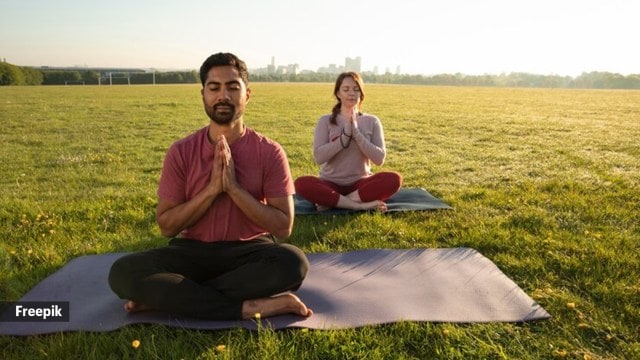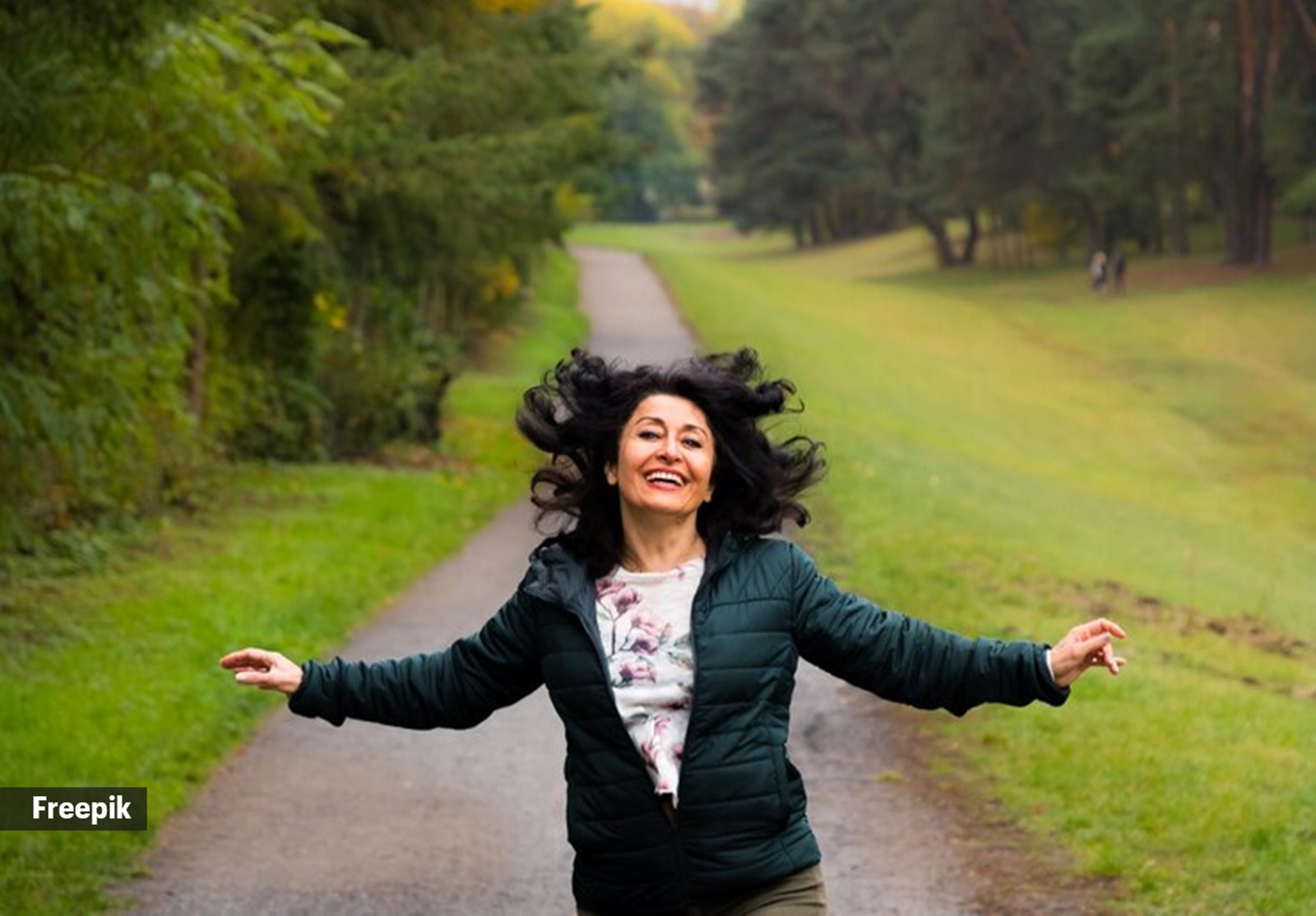📣 For more lifestyle news, click here to join our WhatsApp Channel and also follow us on Instagram
Understanding the delicate balance between mindfulness and detachment
“There’s a part of you that is able to observe your experience without becoming it,” says former monk Cory Muscara
 Always ease into your practice with gentle stretches. (Source: Freepik)
Always ease into your practice with gentle stretches. (Source: Freepik)Observing our life experiences without being consumed by them is a delicate balance of mindfulness and detachment. It requires a conscious effort to cultivate a sense of awareness that transcends mere participation in our experiences.
Digital creator and writer Cory Muscara, who is a former monk and well known for his motivational content, explains this concept in an Instagram reel. “Your awareness of your anger is not angry; your awareness of your fear is not fearful; your awareness of your boredom is not bored. There’s a part of you that is able to observe your experience without becoming it. And it’s that part of you that is the key to your inner freedom,” he says.
View this post on Instagram
Sharath Arora ,chief instructor, Iyengar Yoga and founder of Himalayan Iyengar Yoga Center, Dharamkot, Himachal Pradesh, talks about this practice.
Cultivating mindfulness to observe experiences
Arora tells indianexpress.com that mindfulness involves maintaining a moment-by-moment awareness of our thoughts, feelings, bodily sensations, and surrounding environment.
“To cultivate mindfulness, individuals can practice mindfulness meditation, which teaches them to focus on their breath or a particular object while observing any thoughts or sensations without judgment,” he says.
This helps in recognising that thoughts and feelings are transient and don’t define one’s self, thus maintaining a clear space between one’s identity and the experiences they undergo.
Techniques for detachment while engaging with life
One effective technique, Arora elaborates, is the practice of ‘non-attachment,’ which involves engaging in experiences with full presence but without forming attachments to outcomes or letting those experiences define personal happiness.
Techniques such as deep breathing exercises, guided imagery, and body scans can aid in achieving this state of mind. These practices help maintain calm and centeredness, allowing individuals to experience life fully without unnecessary emotional entanglement.
 Techniques such as deep breathing exercises, guided imagery, and body scans can aid in achieving a detached state of mind. (Source: Freepik)
Techniques such as deep breathing exercises, guided imagery, and body scans can aid in achieving a detached state of mind. (Source: Freepik)
Mental exercises for observing thoughts and emotions
“Mental exercises like the ‘three-minute breathing space’ can be very effective. This involves spending a minute to take note of one’s experience, a minute to focus closely on the breath, and a final minute to expand awareness to the body as a whole,” Arora elucidates.
This exercise teaches the separation of observation from reaction, helping to understand and manage reactions to thoughts and feelings more effectively.
Role of ‘witness consciousness’ in detachment
Witness consciousness, or observing oneself as a detached witness, is a profound concept in mindfulness where one observes their thoughts, emotions, and experiences without judging them or reacting to them emotionally, according to Arora.
This can be cultivated through regular meditation, where the focus is on stepping back and observing one’s mind. Over time, he confirms that this builds the capacity to experience life as it unfolds without overly identifying with the content of life, leading to greater inner peace and equanimity.
📣 For more lifestyle news, click here to join our WhatsApp Channel and also follow us on Instagram



- 01
- 02
- 03
- 04
- 05
























